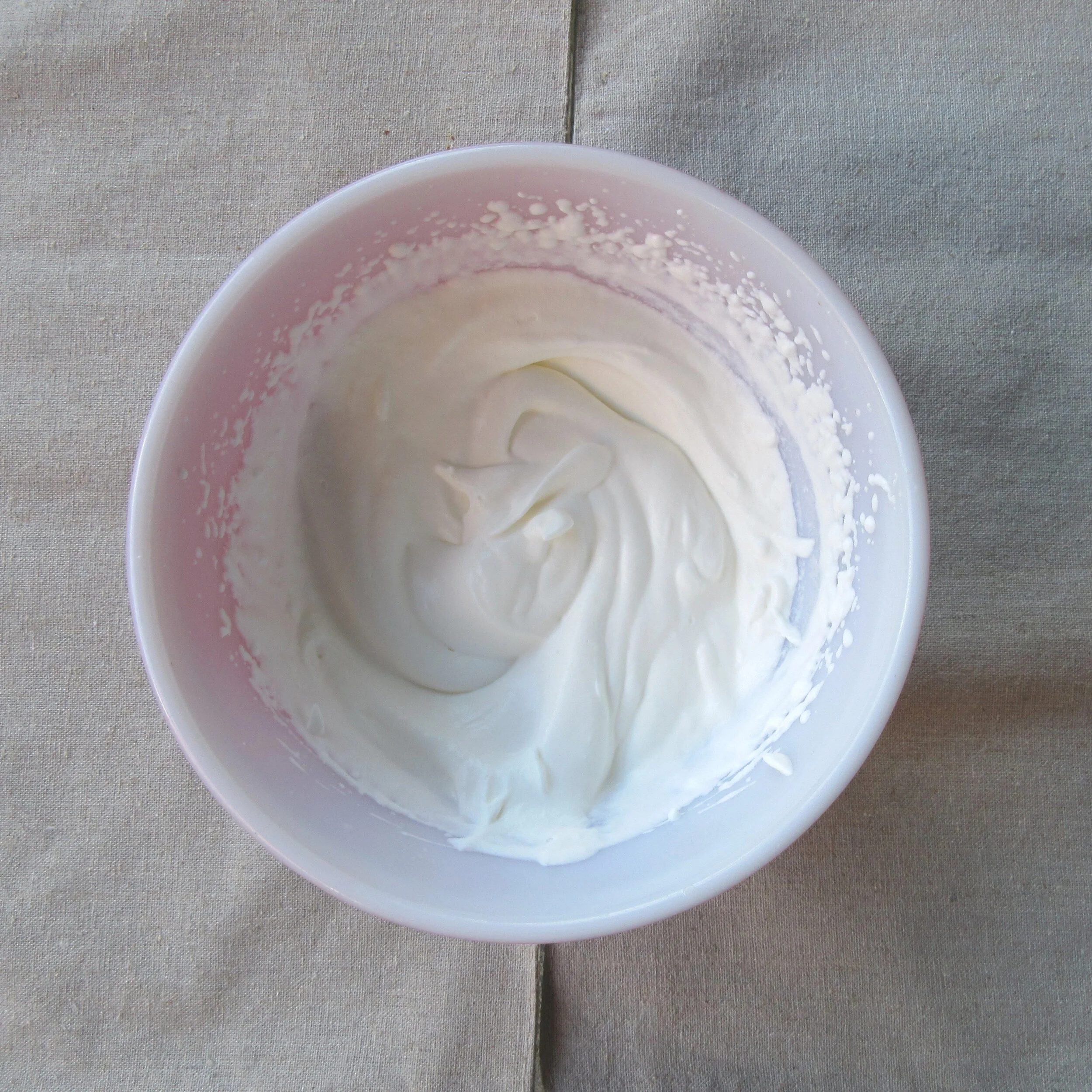Rhubarb Cups
/Rhubarb Cups are a simple, three-ingredient, make-ahead dessert from the 1847 cookbook The Lady’s Receipt Book by Eliza Leslie. Rhubarb Cups would be a perfect dish to add to your recipe rotation if you’ve got a freezer full of stewed rhubarb! I have to admit, they don’t end up being the most visually appealing dessert, but what they lack in aesthetics, they make up for in taste. The cups themselves are very mild, but this recipe also includes a zippy and flavourful butter, sugar and lemon hard sauce. As an added bonus, in this blog post you’ll find out where you can find rhubarb growing wild in Banff National Park.
Read More










